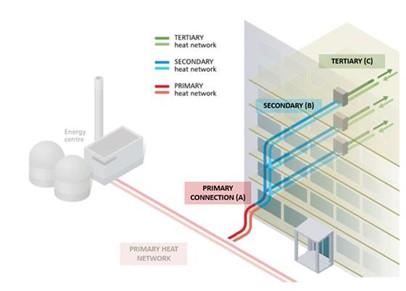Key checks and supporting information required for heat network applications
-
details of the heat network you intend to connect to
-
which generation of heat network is being used?
-
details of the building fabric showing that it is suitable for this measure
-
heating system sizing calculation based on building peak heat loss
-
calculations evidencing the heat loss figures for the primary pipework connecting the building to the energy centre
-
schematics and drawings of existing and proposed system
These network design drawings should clearly demonstrate the pipelines to be funded by the Public Sector Decarbonisation Scheme.
-
flow and return temperatures for existing and proposed system
-
water flow rate for existing and proposed system
-
show that the proposed pipework and pumps are suitable for the required flow rate
-
show that the heat emitters have been sized for the flow temperature set out
- details of current heat emitters
- details of proposed heat emitters
-
bespoke carbon factor calculation for the heat network
-
design considerations for how thermal losses across the network will be minimised, including pipe insulation
-
cost evidence including connection fees, standing charges and variable fuel rates
-
consideration of how legionella will be controlled
-
evidence that the new connection will be operational by the grant end date





